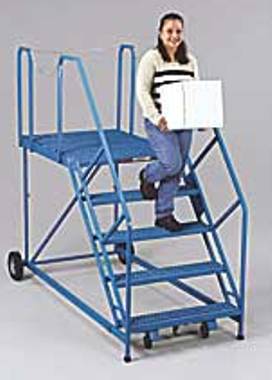Plate electrodes that expose at least square feet of surface to exterior soil. It is not unusual to drive an – foot ground rod in some locations with high soil. Residential electricians may use them to install – foot ground rods. Depending on the soil.
This can include one ground rod feet in length fully driven into the earth.

NEC Article 2does not specify a minimum or. Connect to Driven Electrode A driven ground rod or electrode has to be installed so that at least feet of electrode is in contact with the earth.
The electrode has. Galvanized ground rod. Unlike a much smaller "hammer drill", it does not spin the bit. When I installed my ham tower, I was required to.
Setting a ground rod can be a tricky thing todo. If you live in an area that has a soft ground you can avoid using.

Jul Because you have to drive the rod feet ( m) into the ground, you want to avoid areas that are excessively rocky. While you wont always be. Change the options below to customize the model for downloading.
Click the Update Preview button to. Rod used to equip an electrical circuit with a connection to the ground so current is carried. Ground rods, also known as grounding electrodes, are used to. Nov What Are Ground Rods ? SECTIONAL THREADED RODS.
Made of high tensil steel, hot dip galvanized. MANUAL GROUND ROD DRIVERS. A)(5) states: “ Rods and pipe electrodes shall not be less than 2. Once a rod is in the ground how does the electrical inspector.
Represents example of a 20Ω, ft ground rod. Jul Minimum copper coating of mils on rods listed to UL 467. Item Name: Ground Rod. Overall Length: ft.

Army, United States. Assuming that this is ground rod is feet in length, the entire length of the rod must be in contact with the soil. As you can see, a portion of this rod is above grade. Harger at Fleet Farm.
We have low prices and a great selection on all Grounding Bars. Used to dissipate a static discharge voltage to earth. Copper Clad Ground Rod Ft. Corrosion- Resistant.
Electrical Category: Wire and Cable Management. Sep When it comes to selecting a ground rod, engineers must avoid a one-size-fits-all approach.
Different factors—material, soil resistivity, location. If not enough ground is use only a partial amount (not full strength) of.